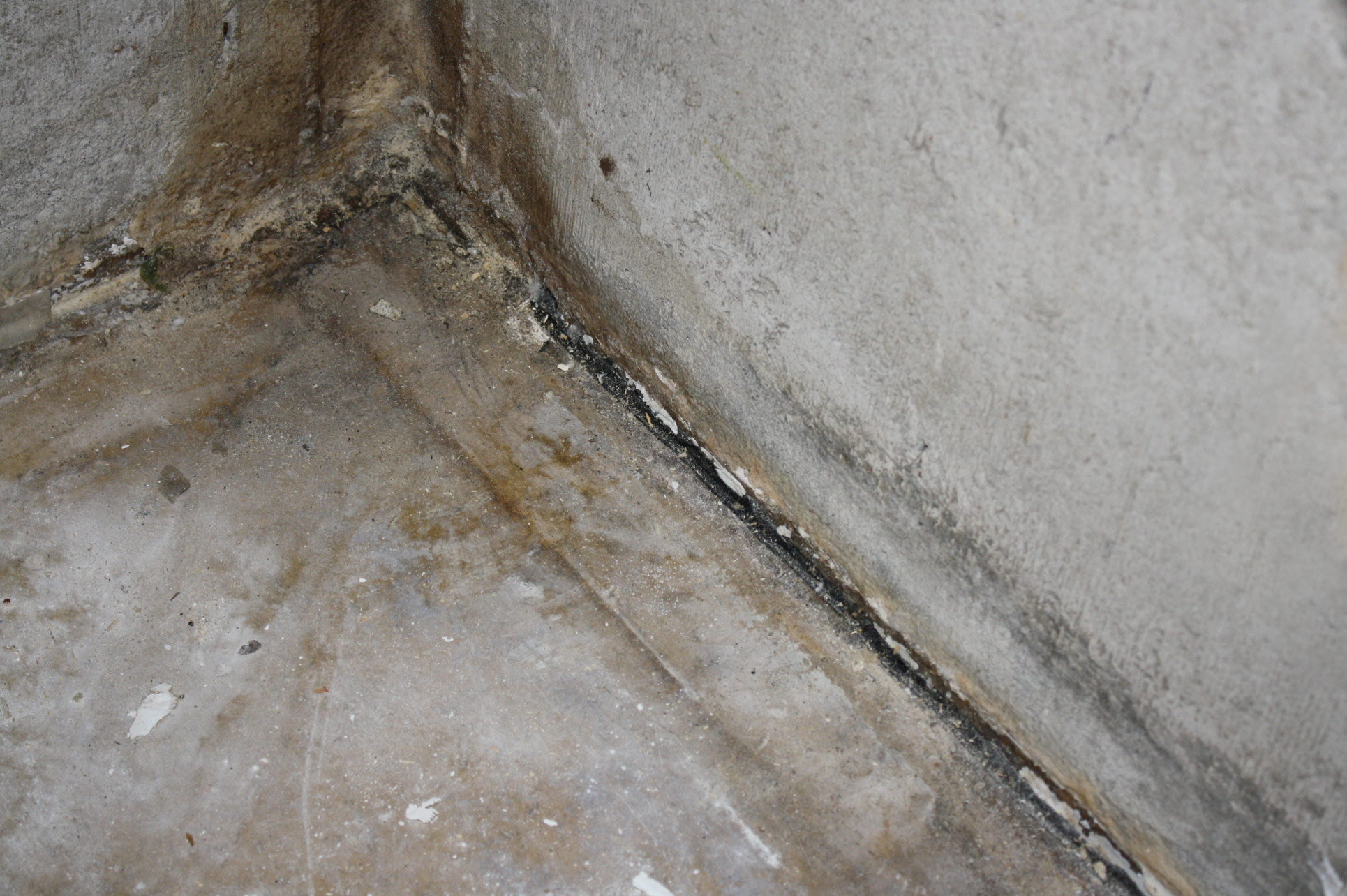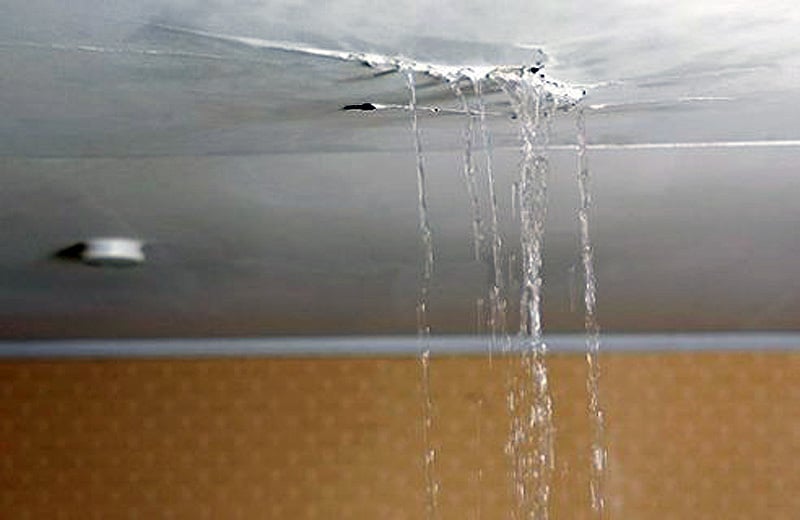They are making a few good points about How to detect water leaks in your home in general in this article down the page.

Leaks not just trigger waste of water yet can additionally create unneeded damages to your house as well as promote unwanted organic development. Unfortunately, water leakages could go unnoticed considering that the majority of the pipework in our home is concealed. By looking and recognizing for everyday scenarios that trigger leaks, you can secure your home from future leakages and unneeded damages. Today, we will consider six leakage causes that may be creating your pipes to trickle.
Instant temperature level adjustments.
Extreme temperature adjustments in our pipelines can trigger them to broaden and also get all of a sudden. This expansion and tightening might cause splits in the pipelines, especially if the temperature are below freezing. It would certainly be best if you kept an eye on exactly how your plumbing works. The visibility of the formerly mentioned scenarios regularly shows a high threat.
Rusty water systems
This may be the cause of staining or warping on your water pipelines. If our plumbing system is old, take into consideration changing the pipes considering that they are at a higher threat of rust than the newer versions.
Malfunctioning Pipe Joints
The factor at which your pipelines link is frequently the weakest web link in the waterline. Pipe joints can weaken gradually, resulting in water leakages. Unfortunately, most of pipe joints are not conveniently noticeable. If you have loud pipelines that make ticking or banging sounds, particularly when the warm water is activated, your pipeline joints are most likely under a lot of pressure. It is a good idea to have your plumber inspect your system annually.
Encroaching roots
Many water leakages begin outside the residence rather than inside it. You could notice wet patches or sinkholes in your backyard, and also that might imply that tree origins are attacking water lines creating water to permeate out.
Poor Water Connectors
At times, a leak can be caused by loose tubes and also pipes that supply your home appliances. Typically, changing is what causes the loose water Connections. You may discover when it comes to a cleaning machine, a hose pipe may spring a leak because of trembling throughout the spin cycle. In case of a water connections leakage, you may discover water running directly from the supply line or puddles around your appliances.
Clogged Drains
Obstructed drains may be frustrating and inconveniencing, however they can occasionally end up creating an overflow causing rupture pipes. Keep eliminating any materials that might decrease your drains that could obstruct them to prevent such hassles.
All the above are sources of leakages yet not all water leakages result from plumbing leakages; some leaks may originate from roof leakages. All leakages ought to be repaired promptly to stay clear of water damages.
Leakages not just create waste of water however can likewise cause unneeded damages to your home and advertise unwanted organic development. By comprehending and looking for daily situations that create leaks, you can protect your residence from future leaks and also unnecessary damages. Today, we will look at six leakage causes that might be causing your pipes to trickle.
At times, a leak can be triggered by loosened hose pipes as well as pipelines that supply your home appliances. In instance of a water connections leakage, you might notice water running straight from the supply line or pools around your appliances.
How To Check For Water Leak In Your Home
How To Check for Leaks
The average household's leaks can account for nearly 10,000 gallons of water wasted every year and ten percent of homes have leaks that waste 90 gallons or more per day. Common types of leaks found in the home are worn toilet flappers, dripping faucets, and other leaking valves. These types of leaks are often easy to fix, requiring only a few tools and hardware that can pay for themselves in water savings. Fixing easily corrected household water leaks can save homeowners about 10 percent on their water bills.
To check for leaks in your home, you first need to determine whether you're wasting water and then identify the source of the leak. Here are some tips for finding leaks:
Take a look at your water usage during a colder month, such as January or February. If a family of four exceeds 12,000 gallons per month, there are serious leaks.
Check your water meter before and after a two-hour period when no water is being used. If the meter changes at all, you probably have a leak.
Identify toilet leaks by placing a drop of food coloring in the toilet tank. If any color shows up in the bowl after 10 minutes, you have a leak. (Be sure to flush immediately after the experiment to avoid staining the tank.)
Examine faucet gaskets and pipe fittings for any water on the outside of the pipe to check for surface leaks.
Undetected water leaks can happen without the home or business owner even realizing. If you suspect a water leak, but not able to find the source. It is time to contact a professional water leak detection service, The Leak Doctor.
How To Find a Water Leak In Your Home
https://www.leakdoctor.com/blog/How-To-Check-For-Water-Leak-In-Your-Home_AE197.html

As a passionate reader on Common Water Leaks In House, I assumed sharing that excerpt was really useful. Loved our posting? Please share it. Let someone else find it. I enjoy reading our article about Top Causes of Home Water Leaks.
Always ready, contact!